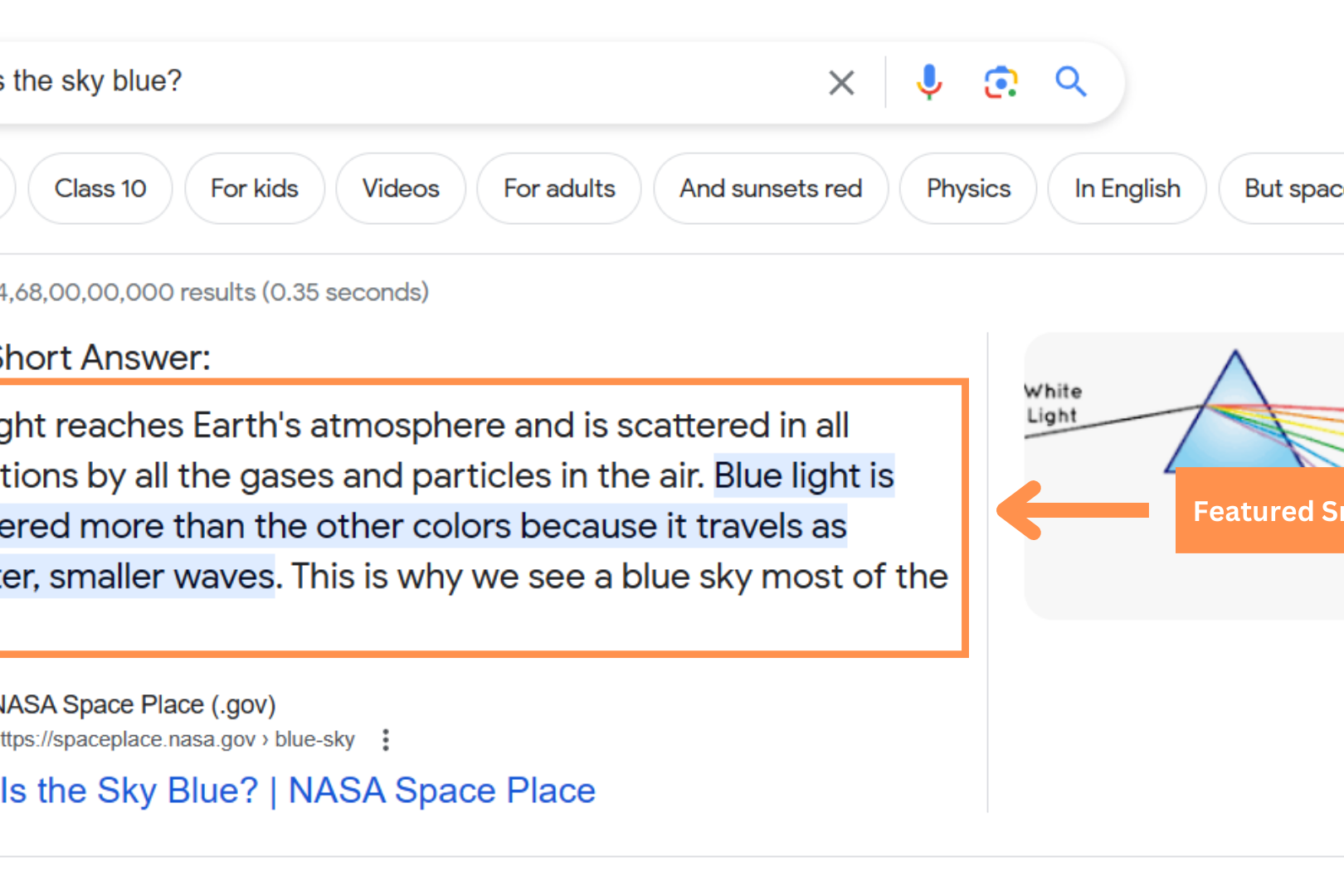In the world of digital marketing, capturing leads is a vital step towards achieving business success. However, with the increasing competition and evolving user behaviours, it’s becoming more challenging to attract and engage potential customers. One key aspect that can significantly impact your lead generation efforts is understanding user intent. By deciphering what users want when they interact with your website or online content, you can tailor your marketing strategies to better align with their needs and convert them into valuable leads. In this blog post, we will explore the concept of user intent, its significance, and practical strategies to leverage it effectively to generate more leads.
What is User Intent?
User intent refers to the underlying motivation or purpose behind a user’s search query or online interaction. It involves understanding the user’s needs, desires, and goals when they engage with your website, social media profiles, or other online content. User intent can be categorised into four main types:
1. Informational Intent
Users have a need for information or knowledge. They seek answers to specific questions or want to learn more about a particular topic.
2. Navigational Intent
Users are looking for a specific website or online destination. They already know what they want and are trying to reach a particular website or page.
3. Transactional Intent
Users intend to make a purchase or engage in a specific transaction. They might be comparing prices, reading reviews, or looking for the best deal.
4. Commercial Investigation Intent
Users are in the research phase of the buying process. They are exploring different options, comparing products or services, and trying to make an informed decision.
Understanding user intent is crucial because it enables you to tailor your content, messaging, and marketing strategies to meet the specific needs and expectations of your target audience.
The Significance of User Intent in Lead Generation
User intent plays a pivotal role in lead generation for several reasons:
1. Better Targeting
By understanding user intent, you can create highly targeted marketing campaigns and content that resonate with your audience. This helps you attract the right people who are more likely to convert into leads.
2. Enhanced User Experience
When you align your content with user intent, you provide a seamless and relevant user experience. This increases engagement, reduces bounce rates, and improves the chances of capturing leads.
3. Increased Conversion Rates
By delivering content that matches user intent, you address their specific needs and pain points. This builds trust and credibility, increasing the likelihood of converting visitors into leads.
4. Improved SEO Performance
Search engines are increasingly focused on delivering results that align with user intent. By optimising your content based on user intent, you can improve your search engine rankings and attract more organic traffic.
Strategies to Leverage User Intent for Lead Generation
Now that we understand the importance of user intent, let’s explore some strategies to leverage it effectively and generate more leads:
1. Keyword Research
Conduct thorough keyword research to identify the search terms and phrases that align with your target audience’s intent. Look for keywords that indicate a specific intent, such as “how to,” “best,” or “reviews.” Optimise your website and content around these keywords to attract users actively seeking information or solutions related to your products or services.
2. Content Creation
Create high-quality, informative content that addresses the various types of user intent. Develop blog posts, articles, videos, and other forms of content that answer common questions, provide in-depth guides, and offer solutions to users’ problems. This positions your brand as a trusted resource and encourages users to engage further, increasing the chances of lead generation.
3. Personalization
Use data analytics and user tracking tools to gain insights into user behaviour and preferences. Leverage this information to personalise the user experience and deliver content that aligns with their specific intent. Tailored landing pages, customised offers, and personalised recommendations can significantly improve lead conversion rates.
4. Optimise Website Structure
Ensure your website’s structure and navigation are intuitive and user-friendly. Make it easy for users to find the information they are looking for based on their intent. Clear call-to-action buttons and well-designed landing pages can guide users towards taking the desired actions, such as signing up for newsletters or requesting a demo.
5. Test and Refine
Continuously monitor and analyse user behaviour, conversion rates, and engagement metrics. Test different approaches, content formats, and messaging to see what resonates best with your audience. Refine your strategies based on the insights gained to optimise lead generation efforts continually.
Tracking and Measurement
To gauge the effectiveness of your user intent-based lead generation strategies, it’s essential to track and measure relevant metrics. Some key metrics to consider include:
1. Conversion Rate
Measure the percentage of website visitors who convert into leads or take the desired action.
2. Bounce Rate
Monitor the percentage of visitors who leave your website after viewing only one page. A high bounce rate could indicate a mismatch between user intent and your content. Read more about Bounce Rates here.
3. Time on Page
Analyse how much time users spend on your website or specific pages. Longer durations suggest that users find your content valuable and engaging.
4. Click-through Rate (CTR)
Assess the CTR of your online ads, email campaigns, and call-to-action buttons. A higher CTR indicates that your messaging aligns well with user intent.
5. Lead Quality
Evaluate the quality of the leads generated through user intent-based strategies. Look at metrics such as lead-to-customer conversion rates, average deal size, and customer lifetime value to assess the impact on your business’s bottom line.
By consistently tracking and analysing these metrics, you can identify areas for improvement and fine-tune your lead generation efforts to achieve optimal results.
Understanding user intent is a powerful tool for marketers seeking to generate more leads. By aligning your marketing strategies, content, and user experience with the specific needs and desires of your target audience, you can increase engagement and conversion rates, and ultimately drive business growth. Invest time in researching user intent, creating valuable content, personalising experiences, and continuously optimising your lead generation efforts based on data-driven insights. By doing so, you’ll be well-positioned to attract qualified leads and build meaningful relationships with your audience. Ready to take your lead generation efforts to the next level? Our team of experts specialises in leveraging user intent to drive targeted leads and maximise conversions. Let’s work together to grow your business and achieve your lead generation goals. Contact us Today!
Related Posts
August 9, 2023
What is PPC Marketing? Answered with Pros and Cons
What is Pay-Per-Click Marketing or advertising? We answer that and more with…
August 1, 2023
Featured Snippets on Google: How Do They Work and why should you care?
What are Featured Snippets and how can they improve your website's search…
July 19, 2023
Here’s Why Off-Page SEO Is Just as Important as SEO on Your Landing Page
Discover why off-page SEO is just as crucial as on-page optimization. Learn how…



